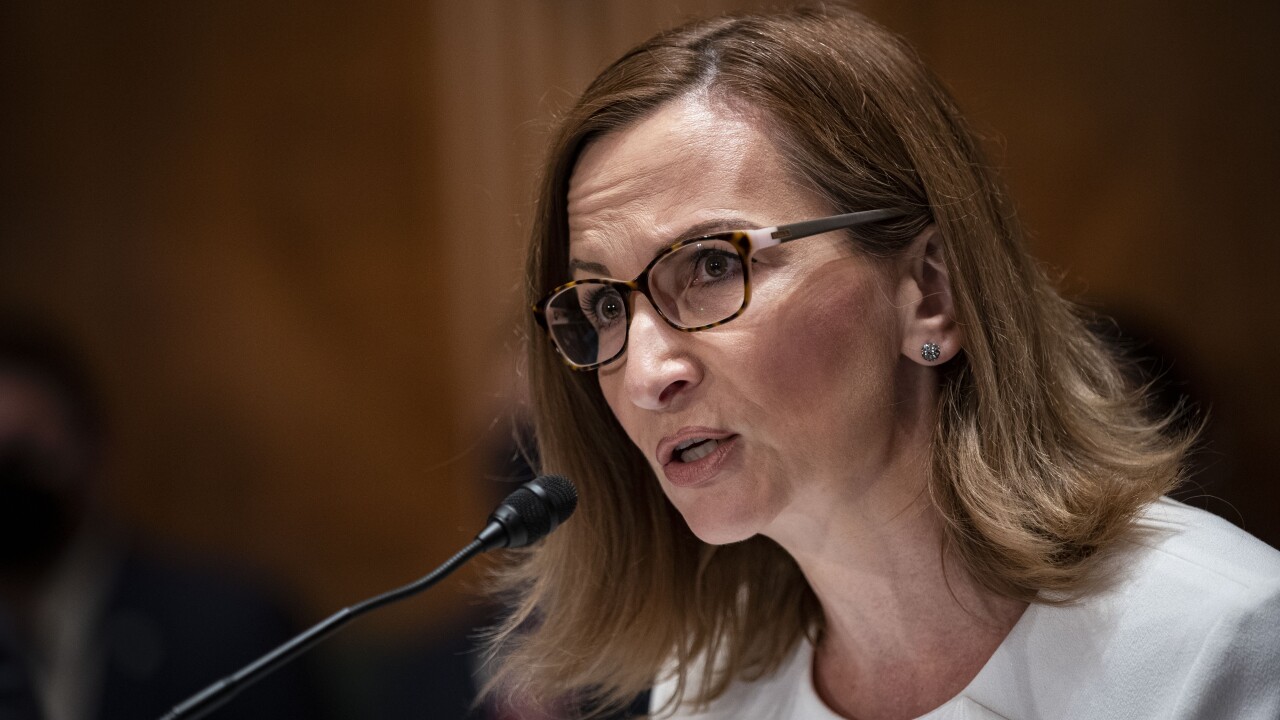It’s too soon to connect the U.S. EMV migration to a statistical spike in e-commerce crime, but fraudsters already could be reacting to the growth in new chip cards and fast consumer credit approvals by turning to new account fraud, according to Javelin Strategy & Research.
New-account fraud isn’t a fresh trick, or the biggest type of fraud, but its incidence rose 113% in 2015 compared to the previous year, and it’s likely to grow again next year if present trends continue, predicts Al Pascual, Javelin’s senior vice president and research director in charge of fraud and security.
“With the much-anticipated U.S. shift to EMV well underway, fraudsters are transitioning along with consumers,” said Pascual, noting that more than
New-account fraud, which accounts for about 20% of all fraud losses, recently became a more fruitful channel for fraudsters with the expansion of opportunities for consumers to get instant approval for a new payment card account, or bank account, in stores or online, according to Pascual.
Criminals, in turn, are cashing in by stealing consumers’ personal identity information and signing up for new accounts they link to bogus addresses at abandoned residential locations, or mailbox-rental operations with a street address, he said.
“Fraudsters who get approval for bogus new accounts are expert at knowing which merchants don’t routinely check ID’s or have less formal merchandise-return policies, making it easier to get away with stolen goods they can cash out or sell for profit,” Pascual said.
New-account fraud is particularly devastating for consumers, because it’s often up to the victim to prove he’s not liable, Pascual said. “It can require legal assistance and it can be very time-consuming to resolve by filing reports and getting documents notarized.”
Pascual said the increase in new-account fraud is likely to continue over “the next year or two,” when he expects financial institutions and retailers will shore up gaps in instant-credit applications, requiring deeper identity verification.
In the U.S., the incidence of new-account fraud rose to 0.62% of all consumers in 2015, up from 0.29% in 2014, accounting for $3 billion in total fraud costs in 2015. That was up from $2 billion in new-account fraud costs in 2014, though the mean amount for each fraud incident actually fell by 36% to $2,379 from $3,232.
“Much of the payments fraud committed in the U.S. is driven by organized fraud rings, and these groups can be expected to shift to the path of least resistance, which is one reason why I believe we’re seeing an uptick in new-account fraud,” Pascual explained.
The total cost of U.S. fraud associated with identity fraud fell 3% to $15 billion in 2015, and the number of victims held steady at 13.1 million, according to Javelin’s 2016 Identity Fraud Study.
One reason for the slight downturn in overall fraud losses is that financial institutions are getting faster at detecting and resolving identity fraud incidents, Javelin found.
The amount of out-of-pocket cost to consumers for resolving new-account fraud declined 58% in 2015 to $252 from $398 in 2014, and the number of hours involved to resolve it fell 66% to 15 hours from 25 hours. Javelin conducted its study throughout 2015 based on responses from 5,111 U.S. consumers.
The expansion of tools on the financial-services side to spot fraud, and wider use of consumer alerts to notify potential victims, is helping cut the cost of combating the crime, Pascual said, adding: “We’re doing better at detecting fraud earlier, but there is still a lot of work to do.”
It will be more difficult to determine exactly how the advance of EMV cards in the U.S. will affect overall e-commerce, or card-not-present fraud, according to Pascual.
In other markets, including the U.K. and Canada, fraud experts detected an immediate spike in online, or card-not-present fraud, after EMV was introduced, thwarting much counterfeit fraud at the point of sale.
“Fraud rates online are rising faster than the overall growth rate of e-commerce, but because U.S. issuers and merchants are phasing EMV in gradually, we won’t be likely to know how much of the new online fraud is directly attributable to EMV as fraud trends converge,” Pascual said.





